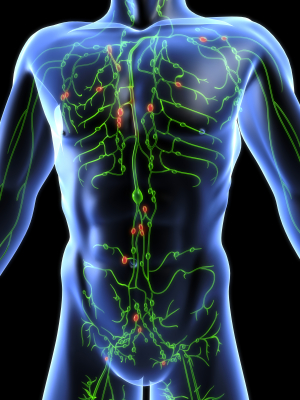Knee Pain
Knee pain can be caused by disease or injury. The most common disease affecting the knee is osteoarthritis. Knee injuries can occur as the result of a direct blow or sudden movement that strains the knee beyond its normal range of movement. Knee pain caused by an injury is most often associated with knee…









